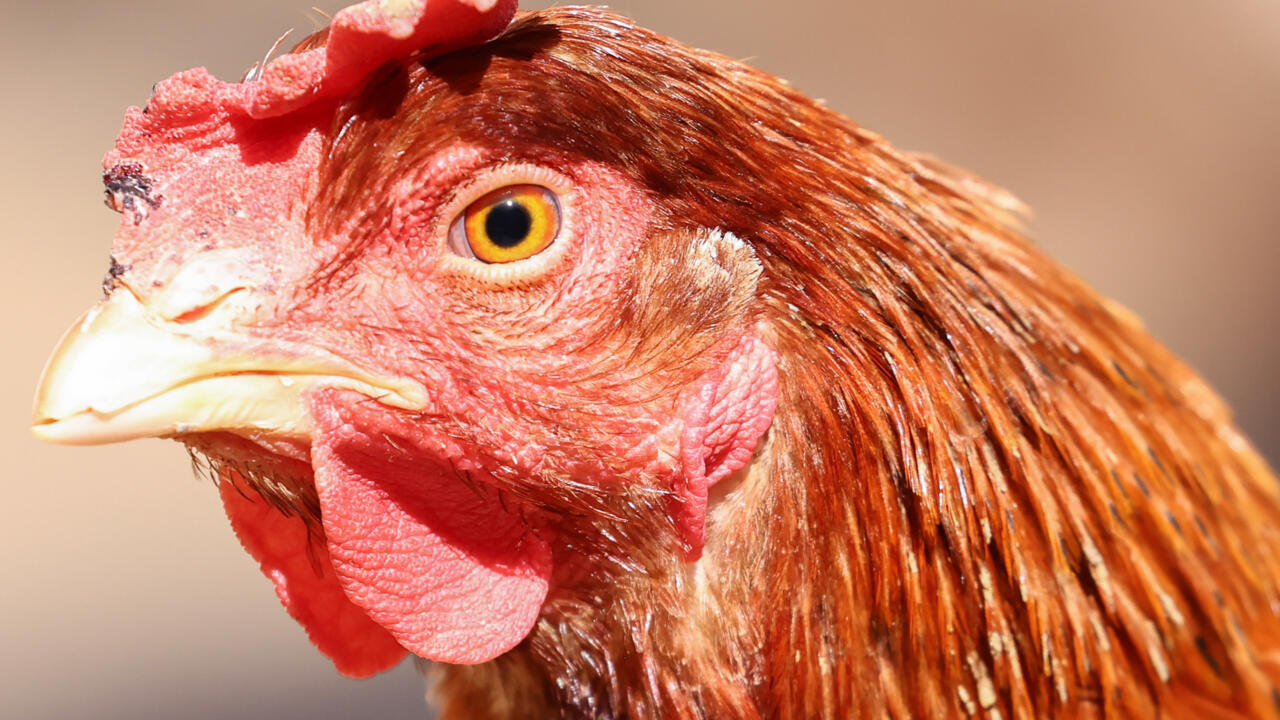Since the start of last year, 66 bird flu cases have been recorded in humans in the United States, many of them among farm workers, according to the Centers for Disease Control and Prevention.
The US cases had been relatively mild until the Louisiana patient, though a Canadian teenager become severely ill. Nearly half of the 954 human cases of H5N1 recorded since 2003 have been fatal, according to the WHO.
Marion Koopmans, a virologist at the Erasmus University Medical Center in the Netherlands, emphasised that the public should not be unduly worried about another pandemic.
“The problem is that this is how it could start,” she added.
Koopmans criticised that “there is not really an effort to contain” the bird flu outbreak among cattle in the United States.
Tom Peacock, a virologist at the Imperial College London, said he thought “the biggest error the US has made is its slow and weak response to the cattle outbreak”.
The reason bird flu was affecting US cattle seemed to be a combination of this weak early response, poor biosecurity, “and the intensification of US dairy farming (which involves far more movement of animals than any European system),” he told AFP.
#photo2
Peacock was a co-author of a preprint study released on Monday, which has not been peer-reviewed, describing how the mutations of H5N1 in cattle enhance its ability to infect other mammals — including humans.
Rebecca Christofferson, a scientist at Louisiana State University, said there were signs that the deceased patient’s virus mutated while they were infected — but it was not transmitted to anyone else.
“The worry is, the more you let this sort of run wild… the more chances you have for this sort of mutation to not only occur, but to then get out and infect someone else, then you start a chain reaction,” she told AFP.
WHO spokeswoman Margaret Harris said the United States “are doing a lot of surveillance” on bird flu. “That’s why we’re hearing about it,” she added.
Last week, the US government awarded an additional $306 million to bolster H5N1 surveillance programs and research.
Peacock said that monitoring has increased for US cattle but warned “big gaps” remain.
What should the US do?
Rick Bright, a former top US health official, has been among those calling for the department of agriculture to release more information about bird flu infections among animals.






